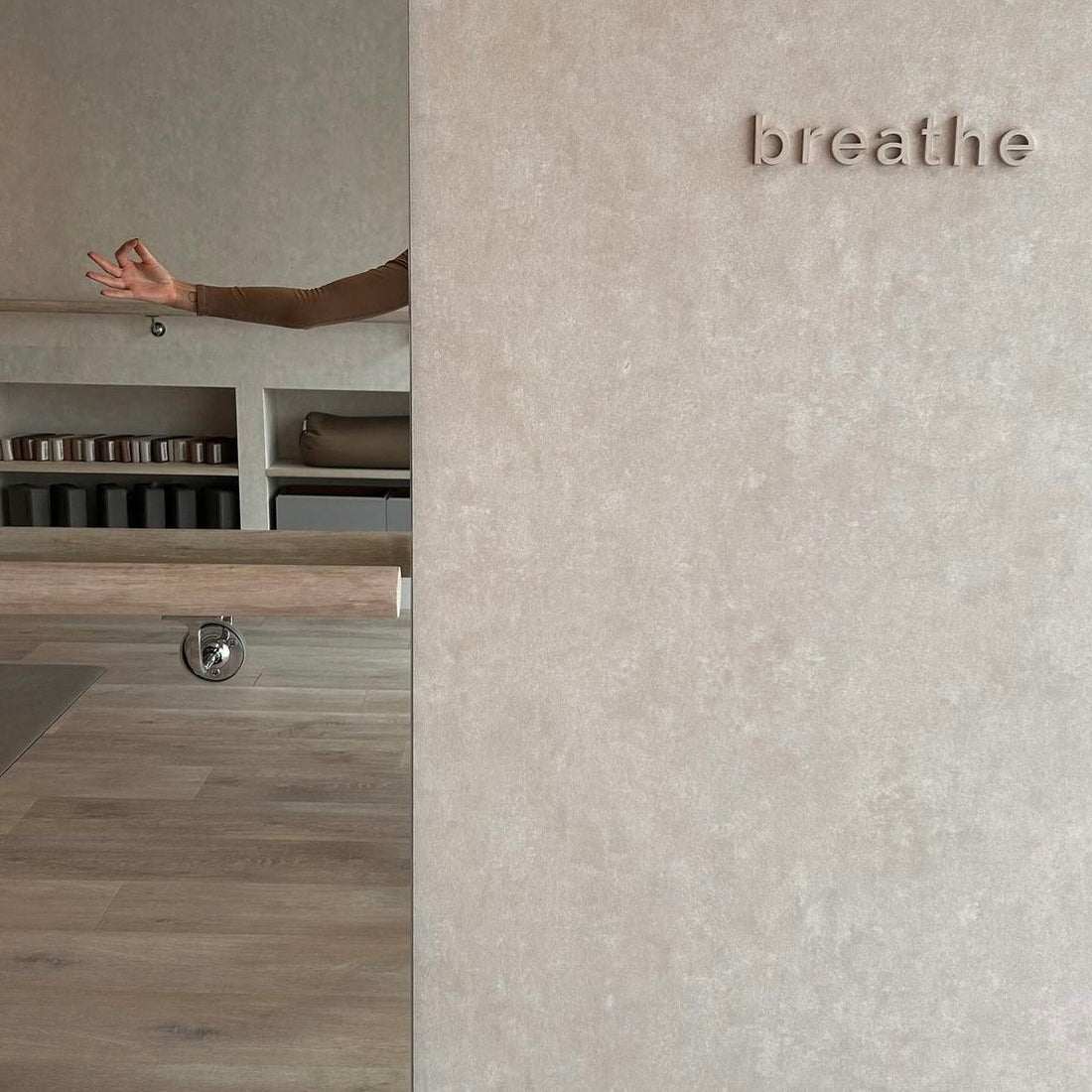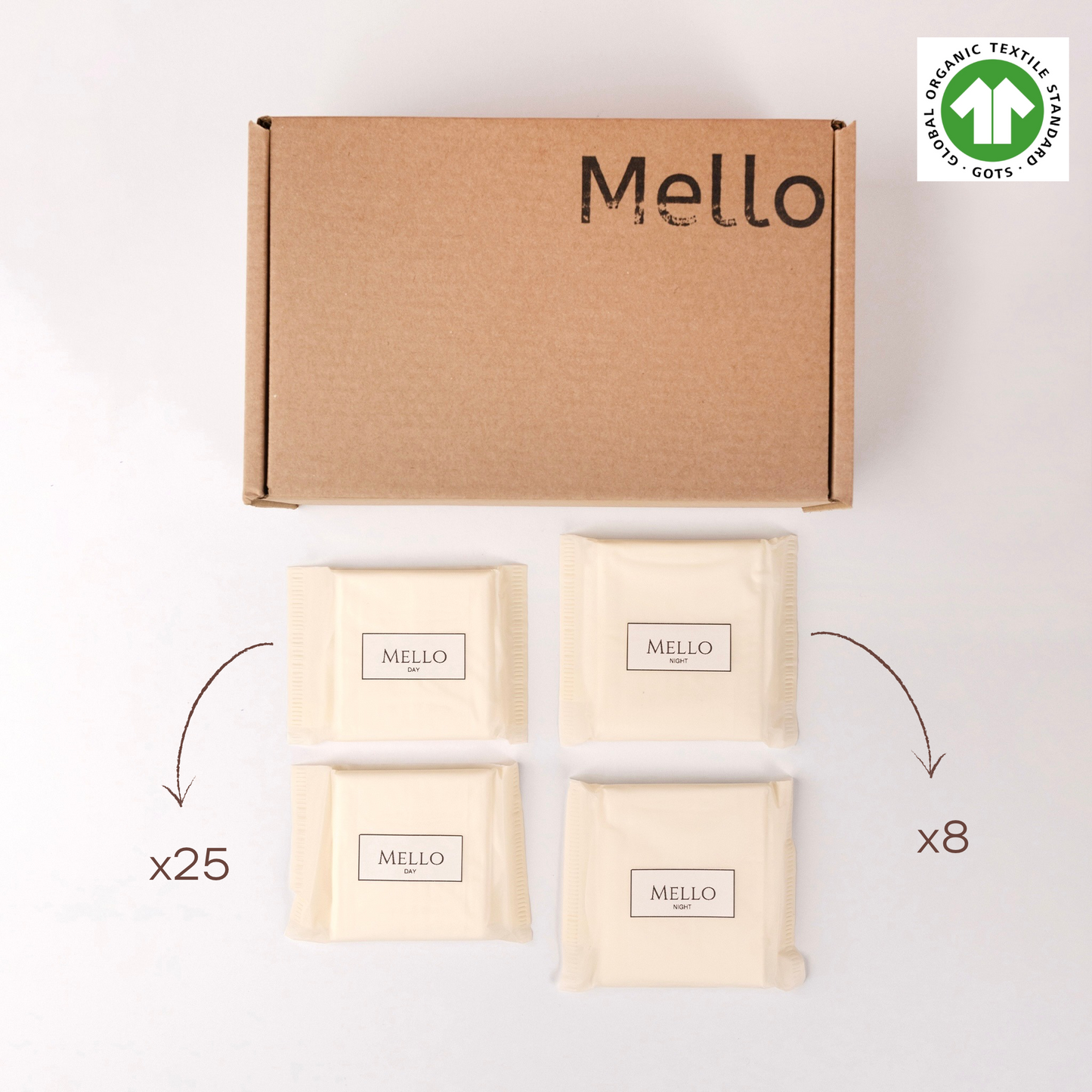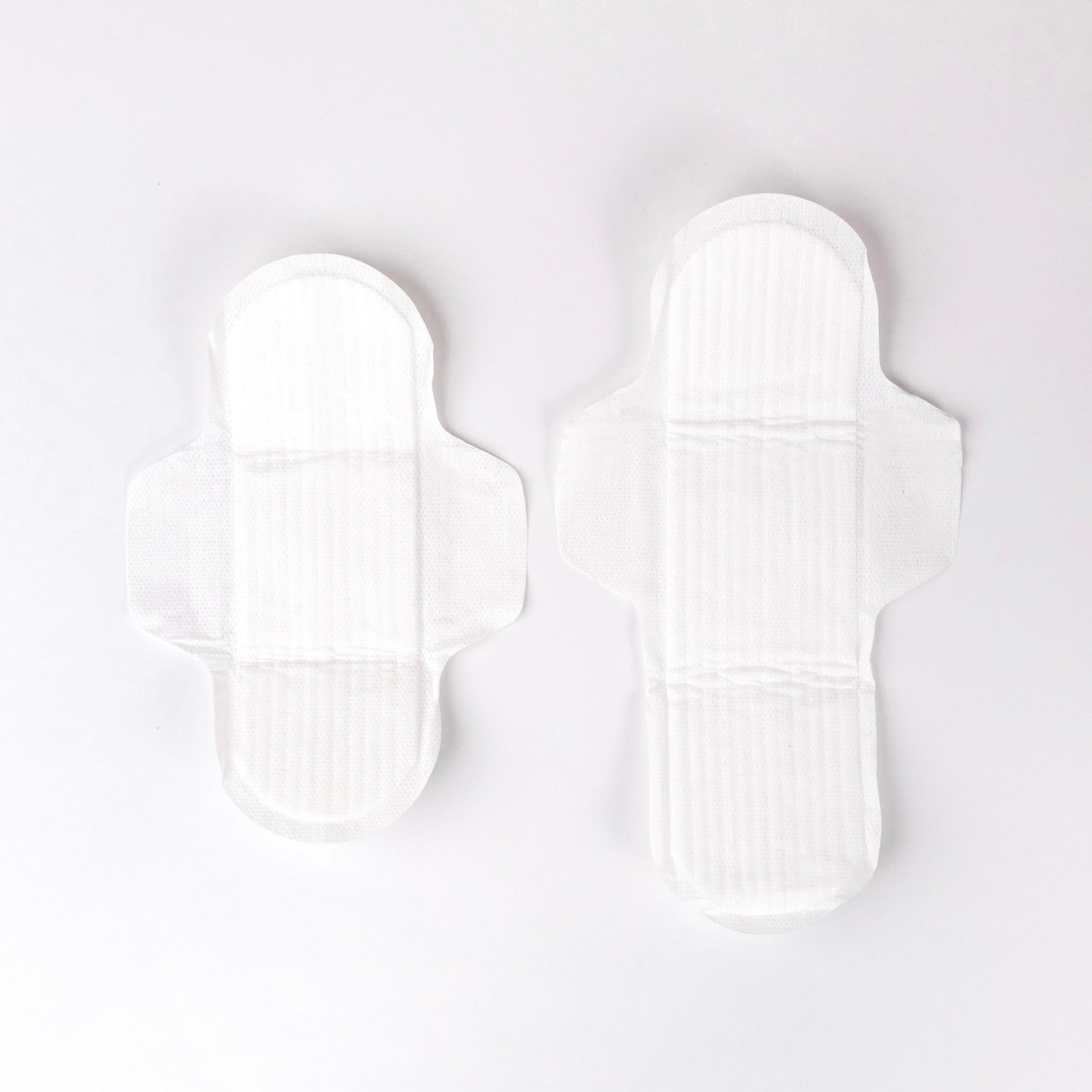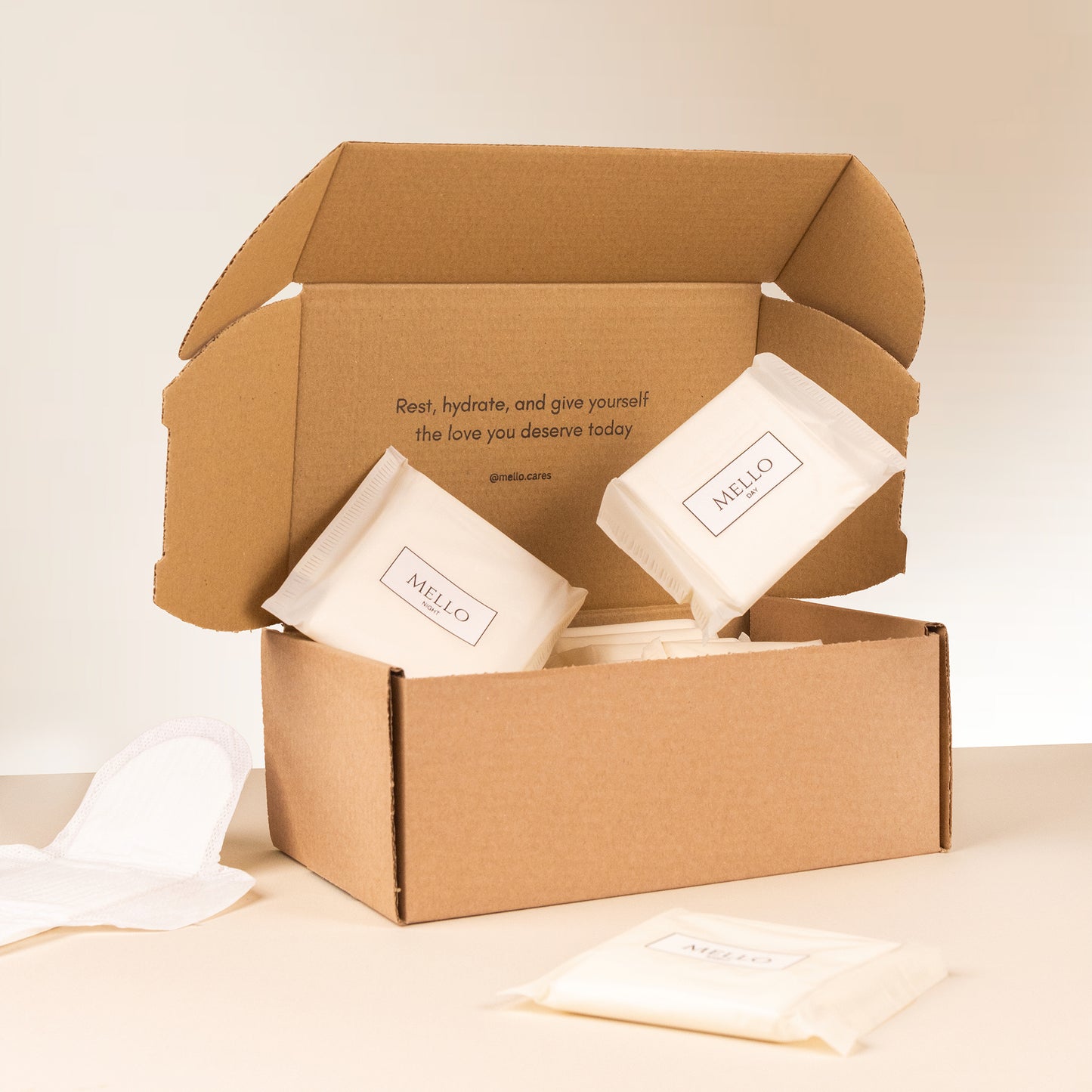
The Best Exercises to Do on Your Period
The Best Exercises to Do on Your Period
Exercising during your period might not sound appealing, but staying active can actually help alleviate symptoms like cramps, bloating, and fatigue. The key is choosing exercises that work with your energy levels and comfort. Here’s a guide to the best workouts to try during your cycle.
1. Walking
A simple walk can do wonders during your period. It’s low-impact, gets your blood flowing, and can boost your mood without overexerting your body. Try a 20-30 minute walk at your own pace to feel refreshed.
2. Yoga and Stretching
Gentle yoga poses can help relieve tension, reduce cramps, and calm your mind. Focus on restorative poses such as:
- Child’s Pose
- Cat-Cow Stretch
- Supine Twist
Avoid inverted poses (like headstands) if they feel uncomfortable during your period.
3. Light Cardio
Low-impact cardio exercises like cycling on a stationary bike or using an elliptical can boost circulation and reduce bloating. Keep the intensity moderate to avoid overexertion.
4. Swimming
Swimming can help reduce cramps and tension. The buoyancy of the water supports your body, making movement easier. If you feel comfortable, swimming is an excellent full-body workout during your period.
5. Pilates
Pilates focuses on controlled movements and core engagement, which can ease lower back pain and bloating. Opt for gentle routines that don’t overly strain your abdomen.
6. Strength Training
If you feel up to it, light strength training can be a great option. Focus on bodyweight exercises or lighter weights to avoid strain. Moves like squats, lunges, and push-ups are great choices.
7. Rest Days Are Okay Too
Sometimes, rest is the best form of self-care. If you’re feeling tired or experiencing intense cramps, listen to your body and skip the workout. Stretching or deep breathing exercises can still provide relief.
Tips for Exercising on Your Period
- Stay hydrated to prevent dehydration.
- Wear comfortable, supportive clothing.
- Listen to your body and adjust your workout intensity as needed.
- Take breaks if you feel dizzy or overly fatigued.
Disclaimer
This blog is for informational purposes only and is not a substitute for professional medical advice. If you have specific health conditions or experience severe pain during your period, consult a healthcare provider before starting or continuing an exercise routine.





